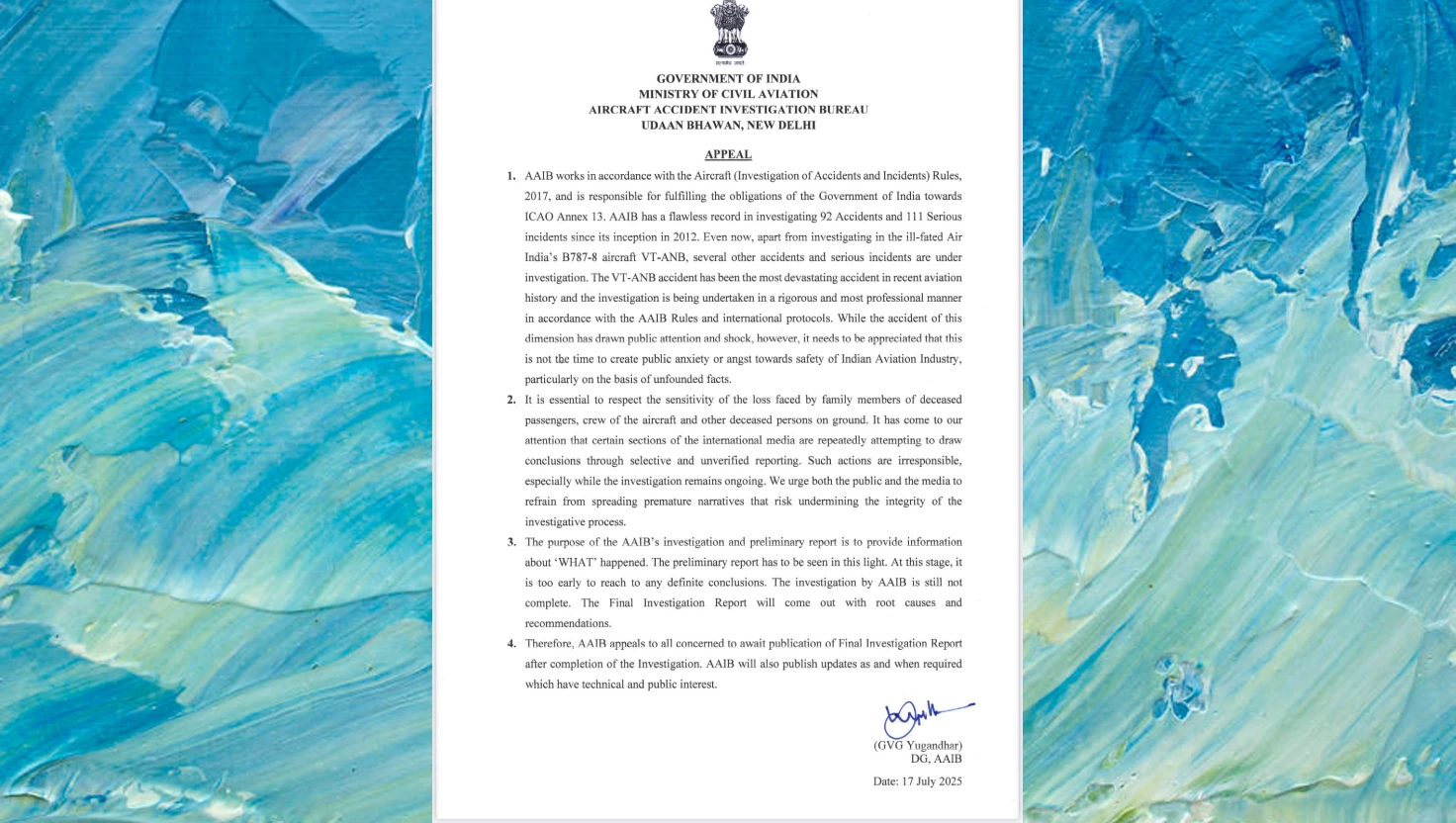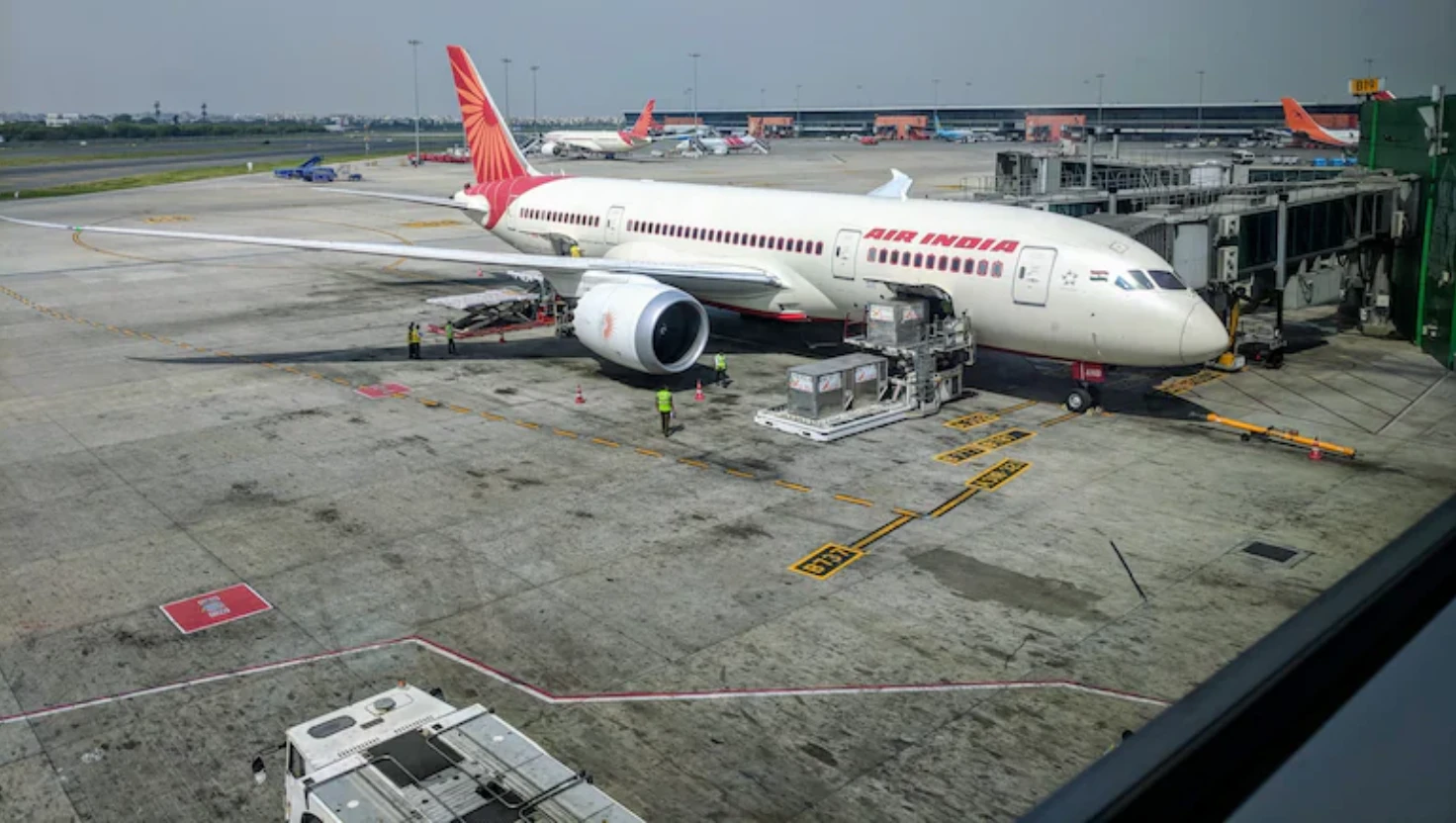Storm in Delhi-NCR Brings Rain, Hail and Power Cuts Amid Heat Relief

Representative Image
A powerful storm hit Delhi-NCR with rain, hail and strong winds, disrupting flights and metro services while easing extreme heat conditions.
A sudden and intense weather system lashed the Indian capital, New Delhi, and its neighbouring areas on Wednesday evening, following days of extreme heat. The storm, accompanied by strong winds, heavy rain, and hail, caused widespread disruption across the region, including suspended metro services, flight delays, and property damage.
The India Meteorological Department (IMD) issued a red alert for Delhi-NCR, warning of further thunderstorms, dust storms and gusty winds. The IMD attributed the weather event to a cyclonic circulation over Haryana, linked to an east-west trough stretching from Punjab to Bangladesh. This system has been drawing moisture from the Arabian Sea and Bay of Bengal, resulting in highly unstable atmospheric conditions.
Wind speeds reached 79 kilometres per hour at Delhi’s Safdarjung station and 72 kmph at Palam, leading to the uprooting of trees and the toppling of hoardings in several parts of the capital. In central areas such as Gol Market and Lodi Road, brief but intense hailstorms were reported. Neighbouring cities including Noida and Ghaziabad also experienced hail and driving rain, reducing visibility and creating hazardous conditions for motorists.
The storm brought immediate relief from the oppressive heat. Earlier in the day, Delhi recorded a "feels like" temperature exceeding 50 degrees Celsius, though the actual air temperature stood at 40.7°C—slightly above seasonal averages. By the time the storm hit, the temperature had dropped sharply to around 23°C.
Transport Disruptions
Transport services across the region were severely affected. The Delhi Metro Rail Corporation (DMRC) reported that external debris caused by high winds disrupted operations on multiple lines, including the Red and Yellow routes. "Efforts are being made to remove these objects and restore Overhead Equipment (OHE) on an immediate basis to restore normalcy," the DMRC said in a statement.
Air travel was also impacted. A statement from Delhi’s Indira Gandhi International Airport warned passengers that “flight operations may get impacted due to inclement weather conditions and thunderstorms.” Passengers were advised to check with individual airlines for updates.
In one incident, an IndiGo flight travelling from Delhi to Srinagar experienced heavy turbulence while attempting to land, resulting in minor damage to the aircraft’s nose cone. All passengers and crew were safely evacuated upon landing, according to the airline.
Visual Impact and Public Response
Eyewitnesses in eastern Delhi localities such as Yamuna Vihar, Bhajanpura and Gokalpuri described towering clouds of dust rolling through streets as winds picked up. Video footage from across the city showed trees bending violently and rainfall hammering roads and rooftops.
Waterlogging was reported in several low-lying areas, contributing to slow-moving traffic and minor accidents during the evening commute. Emergency services were on alert, with municipal authorities urging residents to stay indoors during severe weather episodes and to report fallen trees or power outages to local helplines.
Context
The storm underscores the increasing unpredictability of pre-monsoon weather patterns across northern India. Experts have noted a rise in extreme weather events in recent years, which they attribute to broader shifts in climate behaviour. While such storms are not unusual during the months leading up to the monsoon, the intensity of this event, coupled with record-breaking daytime temperatures, highlights the region’s growing vulnerability.
According to the IMD, further weather disturbances are possible in the coming days as the unstable system continues to influence regional conditions. Authorities have urged residents to follow official forecasts and advisories closely.
While the storm offered temporary relief from the searing heat that has gripped Delhi and nearby areas, its impact on infrastructure and daily life has once again brought attention to the region's preparedness for extreme weather.

Reliance Retail acquires Kelvinator, The Coolest One
Reliance Retail has purchased the Kelvinator brand from Electrolux for nearly ₹160 crore, aiming to strengthen its position in India's consumer durables market.
| 2025-07-19

Saiyyara has shattered every myth about launching newcomers. No big names, no big PR
Madhur Bhandarkar praises debut film 'Saiyaara' for its raw talent and storytelling, marking a shift in Bollywood's approach to newcomers.
| 2025-07-19

India slams reports blaming pilots for Air India crash
India's AAIB disputes US media assertions regarding Air India AI 171 crash, highlighting ongoing investigation and sensitivity towards victims' families.
| 2025-07-18

India Secures Four-Wicket Win in ODI Series Opener Against England
India achieves a four-wicket victory over England in the ODI series opener, led by Deepti Sharma's unbeaten 62 runs.
| 2025-07-17

Air India inspection claims no problems found with Boeing 787 fuel control switches
Air India has conducted thorough inspections of its Boeing 787 fuel control switches, reporting no problems following a DGCA directive.
| 2025-07-17




